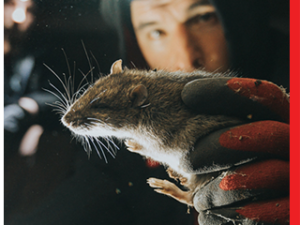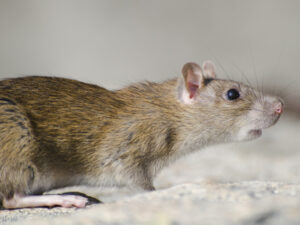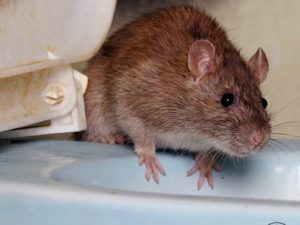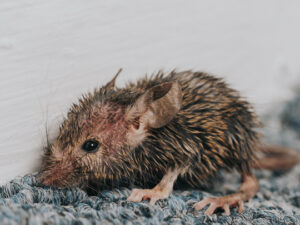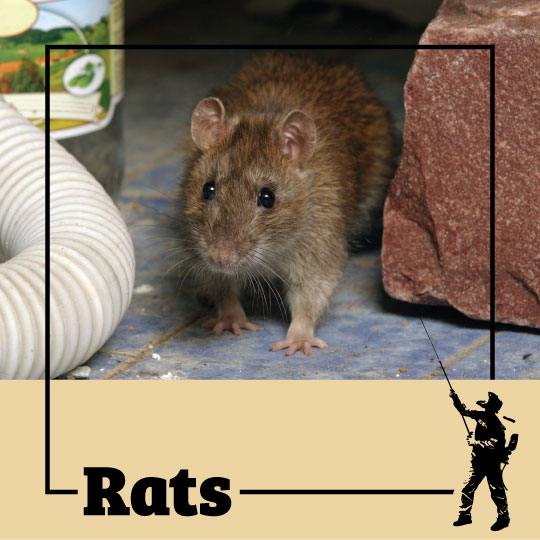
When hurricanes hit land they devastate all living creatures unfortunate enough to be in the path of the storm. Houses and entire cities are destroyed; many of the people waiting out these storms at home when they hit are often killed if not severely injured. So, this must mean that the wildlife pests that inhabit these cities during a hurricane must also be devastated by these brutal natural disasters; their habitats destroyed along with their source of food, the scraps humans provide them either knowingly or through their trash can. Could there be a silver lining to natural disasters like hurricanes in the form of a reduction of the city’s wildlife pest population?
After Hurricane Sandy swept across New York City, many people in the aftermath of the storm began to wonder just that. Could a hurricane completely solve the city’s major rat problem? People hoped that the millions of hearty Norway rats that have taken over the city streets and subways had been drowned or simply swept away from the island altogether by the torrential rain and wind. People did comment that the streets seemed cleaner and that they weren’t spotting members of the usual rodent population walking around like they own the place as is usual. Many people asked if the rats could have been swept out of the city via its numerous tunnels such as the Holland Tunnel never to be seen again. Unfortunately, when rodent expert Bob Sullivan was consulted, he did not have good news for those hoping Manhattan would finally be rid of its iconic giant rats.
The first issue with this idea is that people assume rats flock to thee tunnels, which act as their rodent headquarters. However, the tunnels aren’t full of rats waiting in the dark for a human to run into it. Humans have a tendency to think that anywhere it is dark and difficult to see your surroundings must be full of rats. But the number one thing rats like to be around is us humans, so they can catch the garbage they drop on the ground. We are their number one source of food, so these clever rats don’t hide in dark tunnels but rather hang around any and everywhere us humans do. The other problem is that rats are very resilient and can actually swim quite well. Like us humans, rats are masters at adapting to new situations and circumstances, making them hard to completely wash away with just one storm.
The one thing that a hurricane could cause in terms of rodent removal is a scattering of the giant rodent population, relocating large numbers of the critters and their food (garbage) to new locations and cities of people that hadn’t had to deal with them previously. This is actually very bad for us humans, because relocating a massive number of disease-carrying rodents to new places allows them to spread all of their particular plagues and diseases to the local rodents, which then, in turn, pass them on to the people living in these places. These diseases include the bubonic plague, typhus, salmonella, leptospirosis, and hantavirus, along with many others. Relocating allows them to disperse throughout a wider area and transmit these diseases to a wider human population. In short, hurricanes do not help magically get rid of a city’s rodent problem. They actually help to further spread the rodent population and the diseases they carry to a wider population. If anything, hurricanes just make things worse.
Have you ever noticed less rodents around your city after a hurricane or an increase in their numbers in different places where they’ve spread out? Have you heard of this spreading disease to other cities and communities that didn’t have to deal with these rodents previously?

